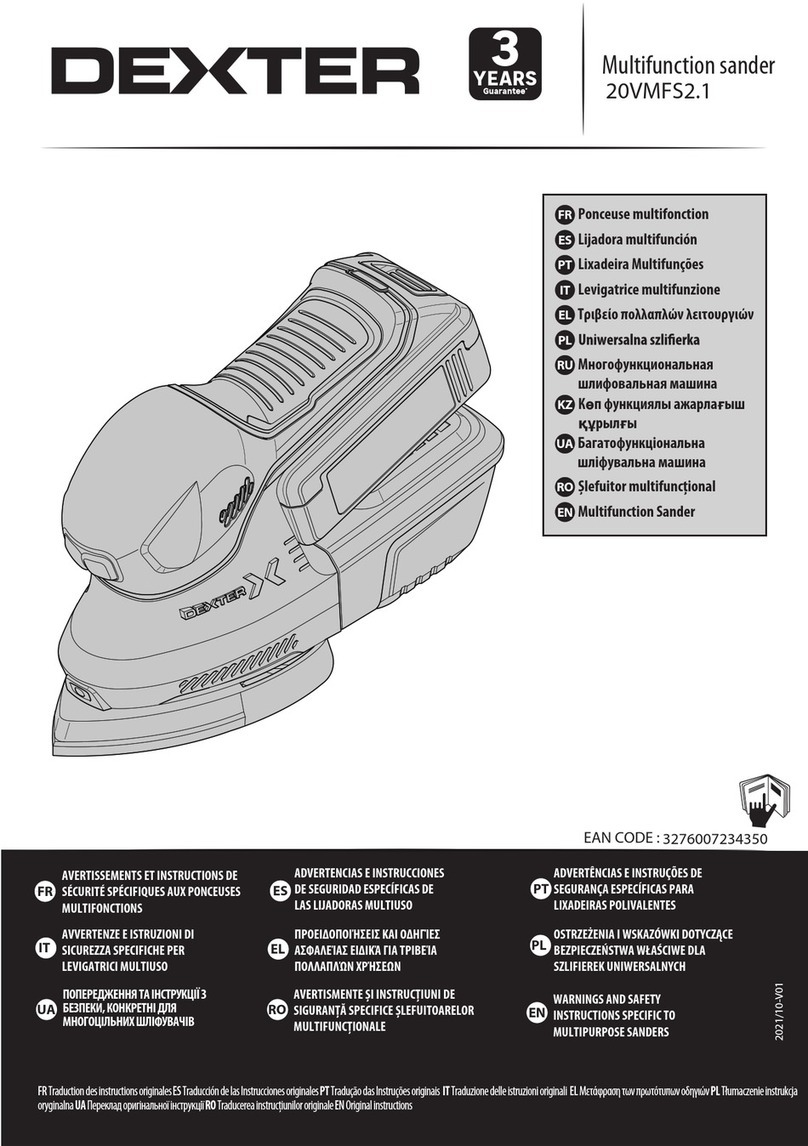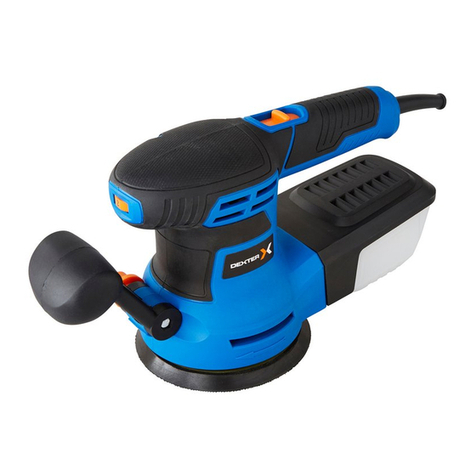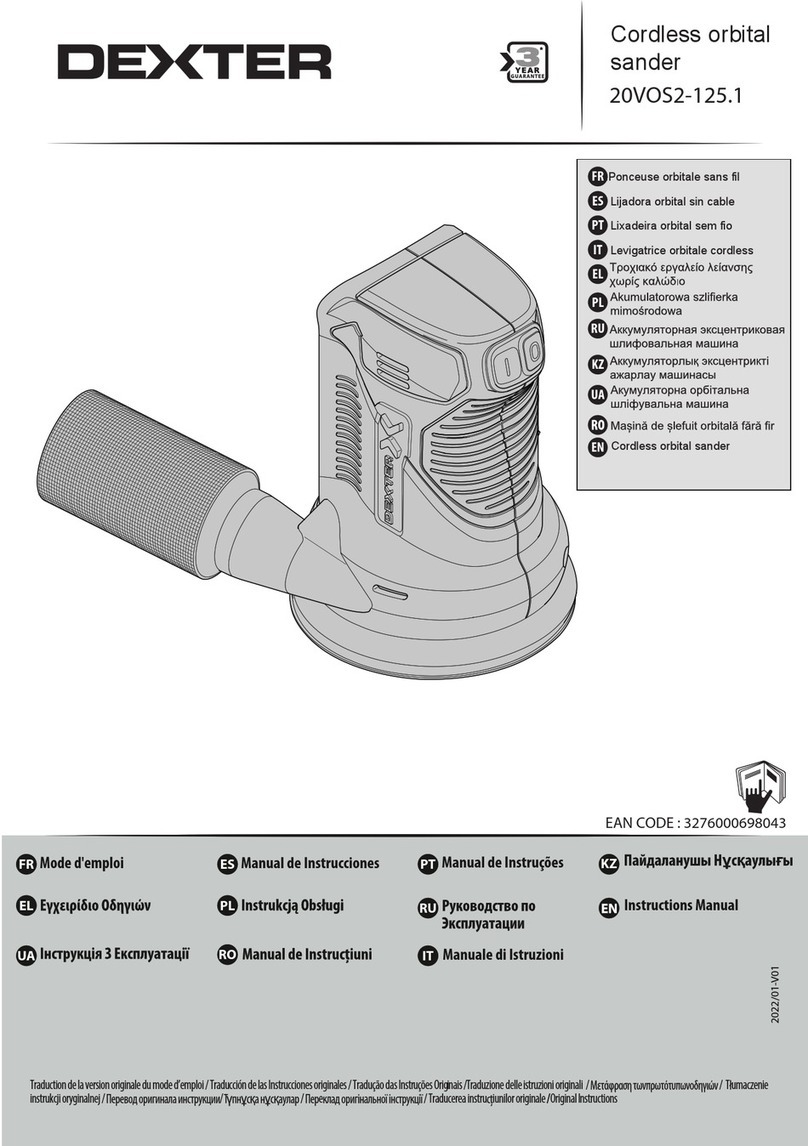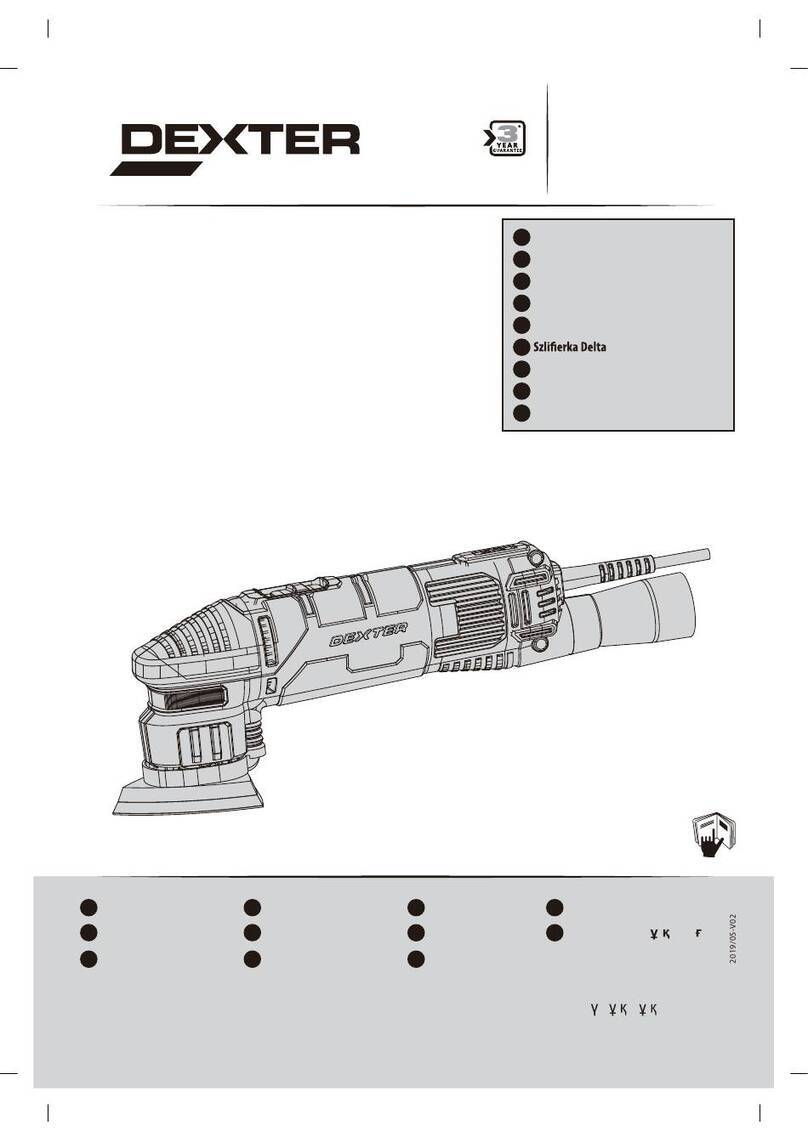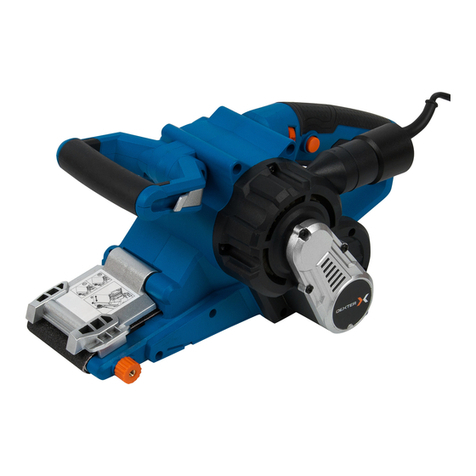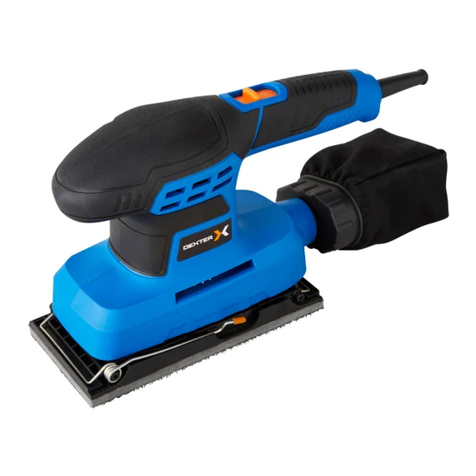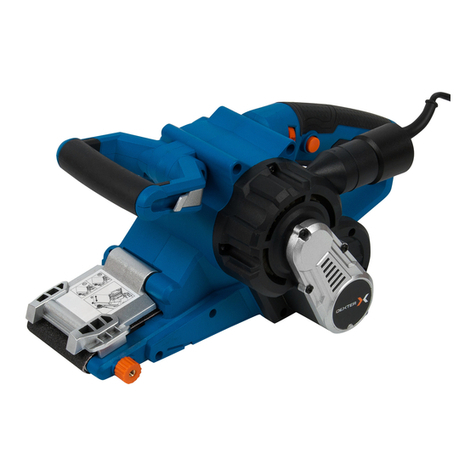
7
EN
BR
2. INSTRUÇÕESDE SEGURANÇA
2. SEGURANÇA ELÉTRICA
a) Os plugues das ferramentas elétricas devem corresponder à tomada. Nunca
Não use nenhum plugue adaptador com
correspondentes reduzirão o risco de choque elétrico.
b) Evite o contato do corpo com superfícies aterradas ou ligadas à terra, tais como
tubos, radiadores, fornos e refrigeradores. Há maior risco de choque elétrico se seu corpo
estiver aterrado.
c) Não exponha as ferramentas elétricas à chuva ou condições de umidade. A
entrada de água numa ferramenta elétrica aumenta o risco de choque elétrico.
d)
desconectar a ferramenta elétrica. Mantenha o cabo longe do calor, de óleo, bordas
choque elétrico.
e) Ao operar uma ferramenta elétrica em ambiente externo, use uma extensão
apropriada para uso ao ar livre. O uso de um cabo adequado para o uso externo reduz
o risco de choque elétrico.
f) Se a operação de uma ferramenta elétrica em um local úmido for inevitável,
use uma fonte de alimentação protegida por um disjuntor diferencial residual
(DDR). O usode um DCR reduz o risco de choque elétrico.
3. SEGURANÇA PESSOAL
a) Fique alerta, preste atenção no que está fazendo e use o bom senso ao operar a
ferramenta elétrica. Não utilize uma ferramenta elétrica quando estiver cansado ou sob
opera uma ferramenta elétrica pode resultar em sérias lesões pessoais.
b) Use equipamento de proteção pessoal. Utilize sempre proteção ocular. Equipamentos
de proteção tais como máscara de pó, calçados antiderrapantes de segurança, capacete ou
proteção para os ouvidos, usados em condições apropriadas, reduzirão aslesões pessoais.
c)
desligado antes de conectar a ferramenta à fonte de alimentação e/ou jogo de
baterias, antes de levantá-la ou transportá-la.Transportar a ferramenta elétrica
com o dedo no interruptor ou energizar ferramentas elétricas com o interruptor ligado são
convites a acidentes.
d) Remova qualquer chaveta ou chave de ajuste antes de ligar a ferramenta
elétrica. Uma chave ou chave inglesa que permaneça conectada a uma parte giratória da
